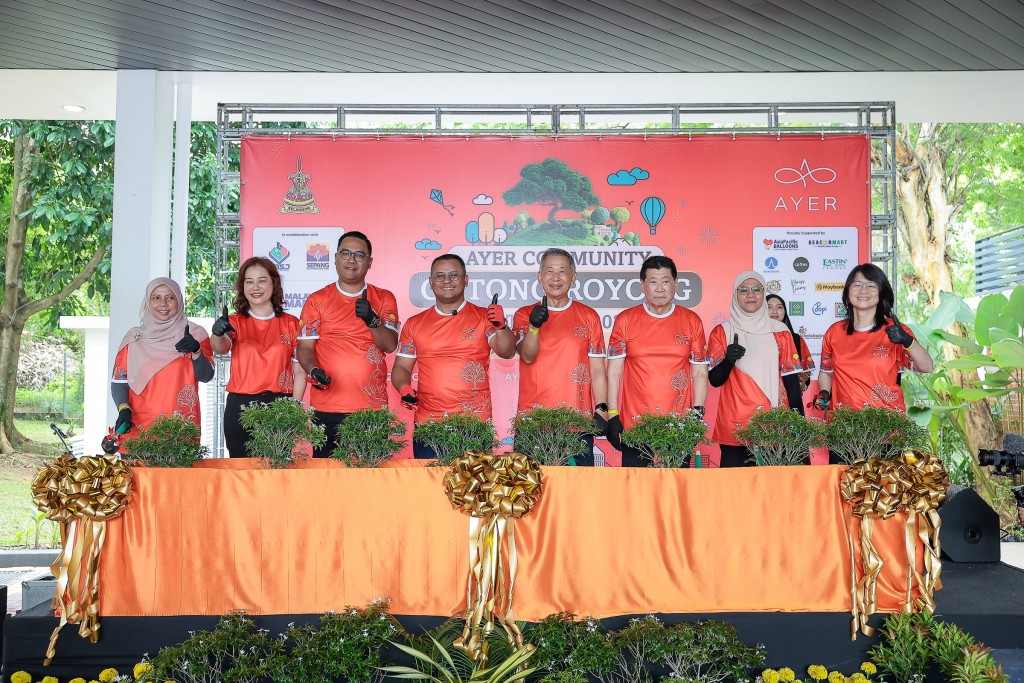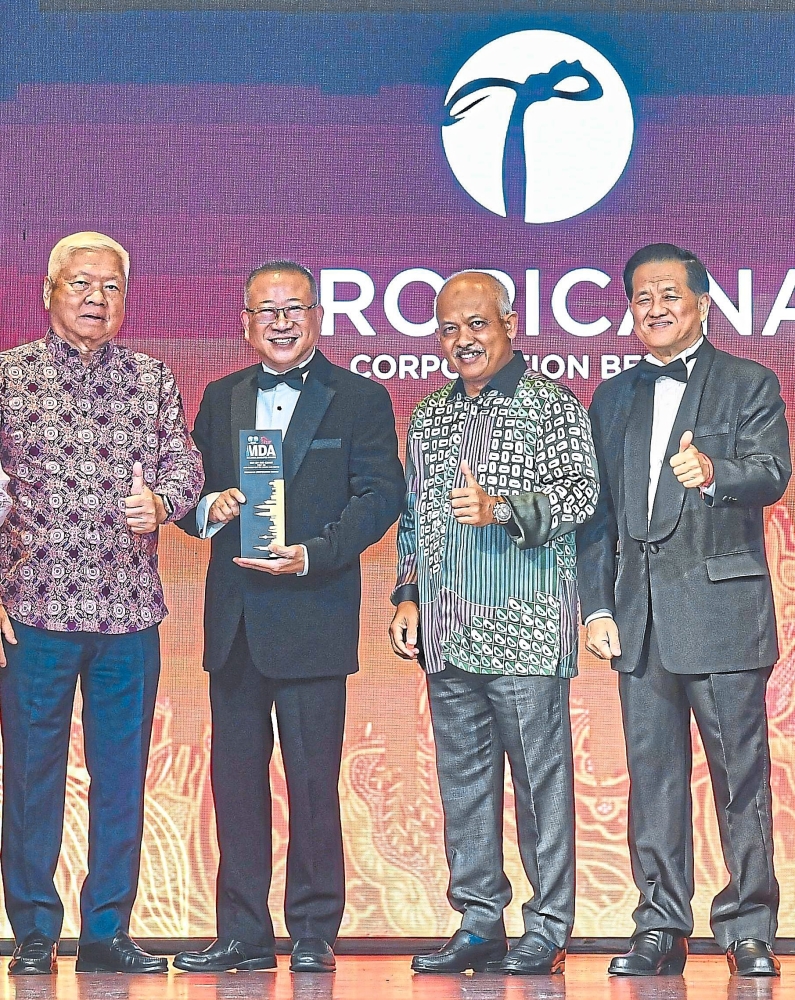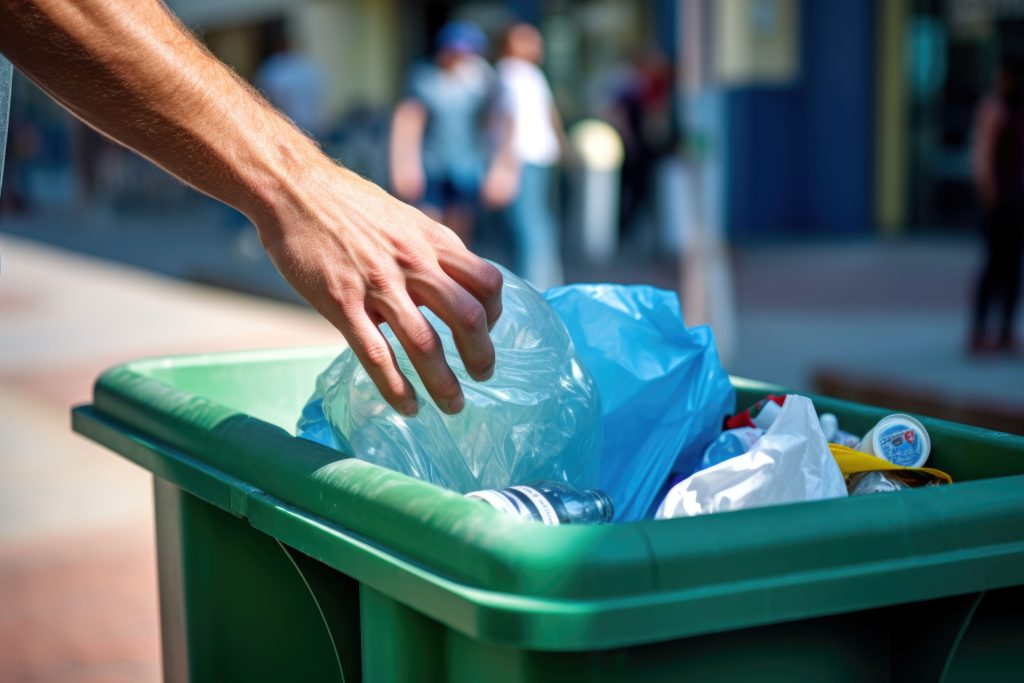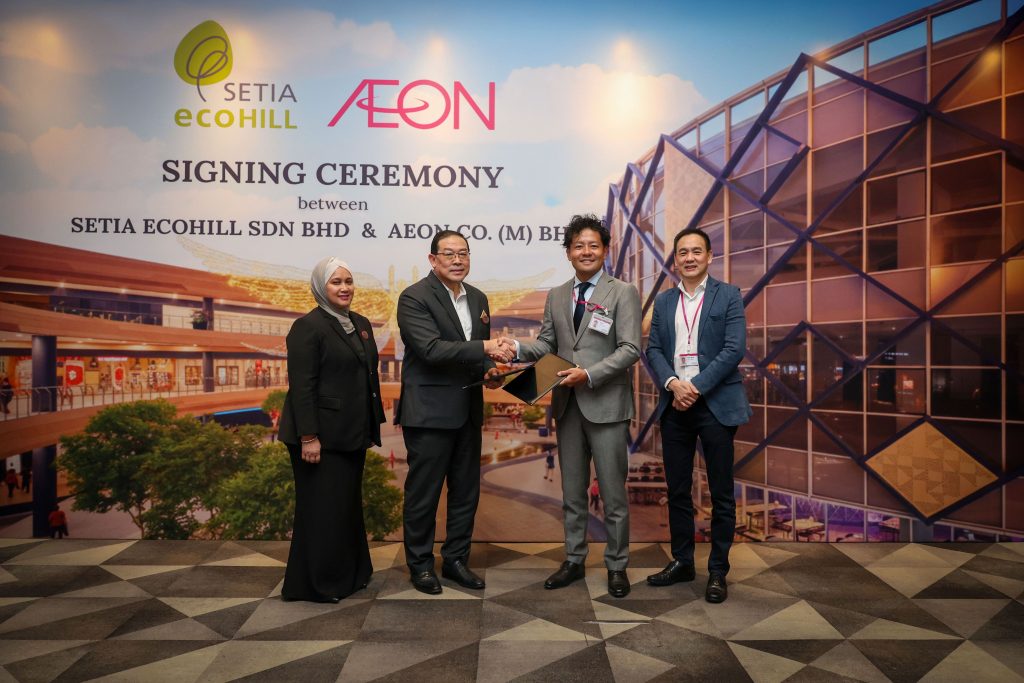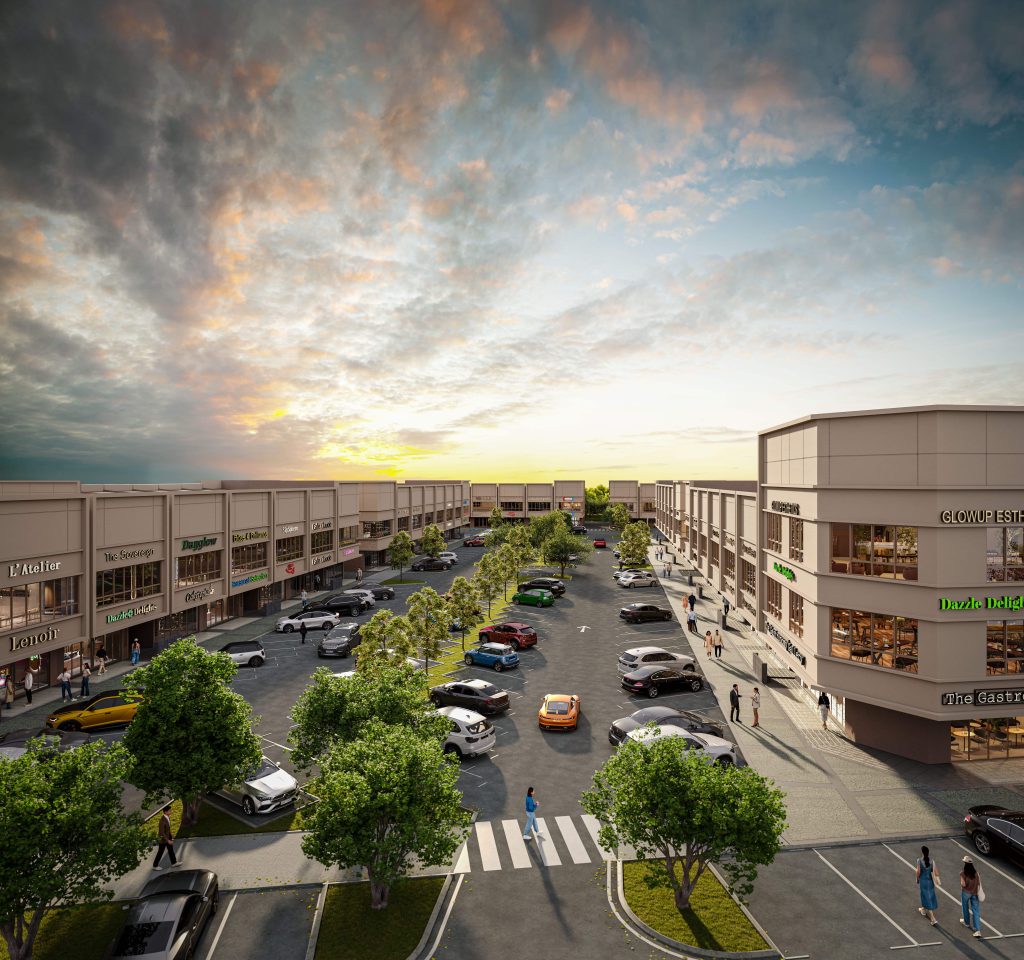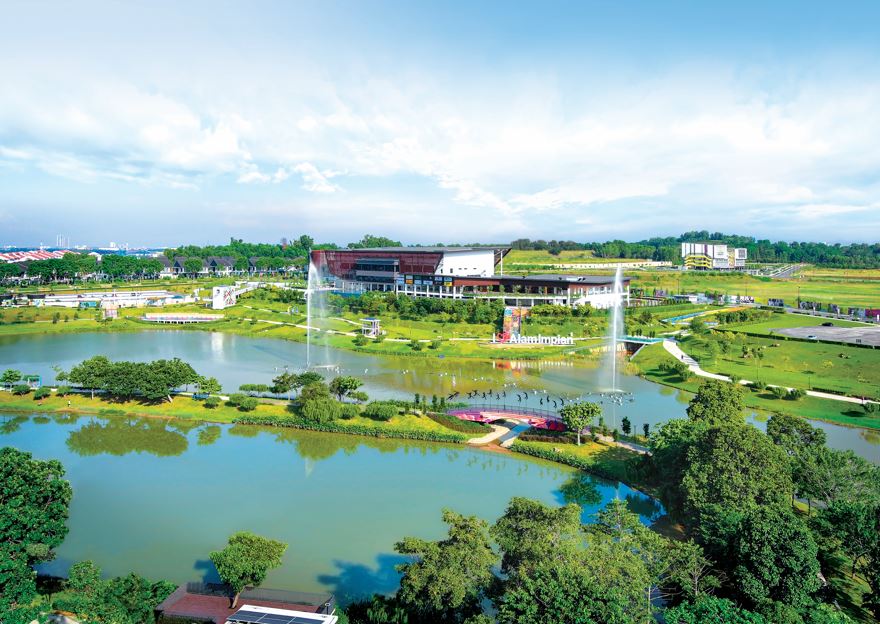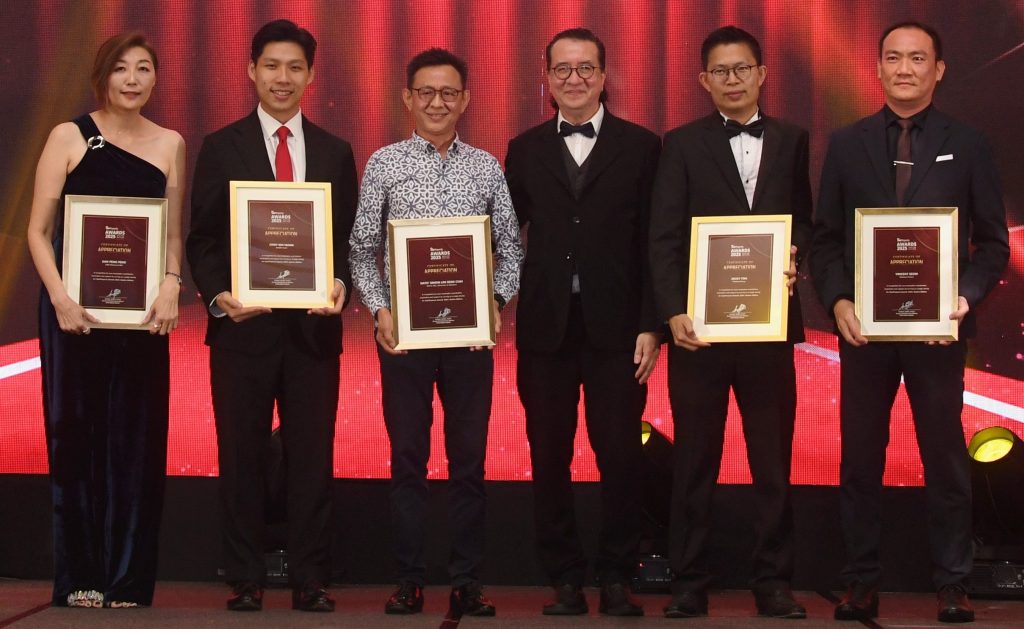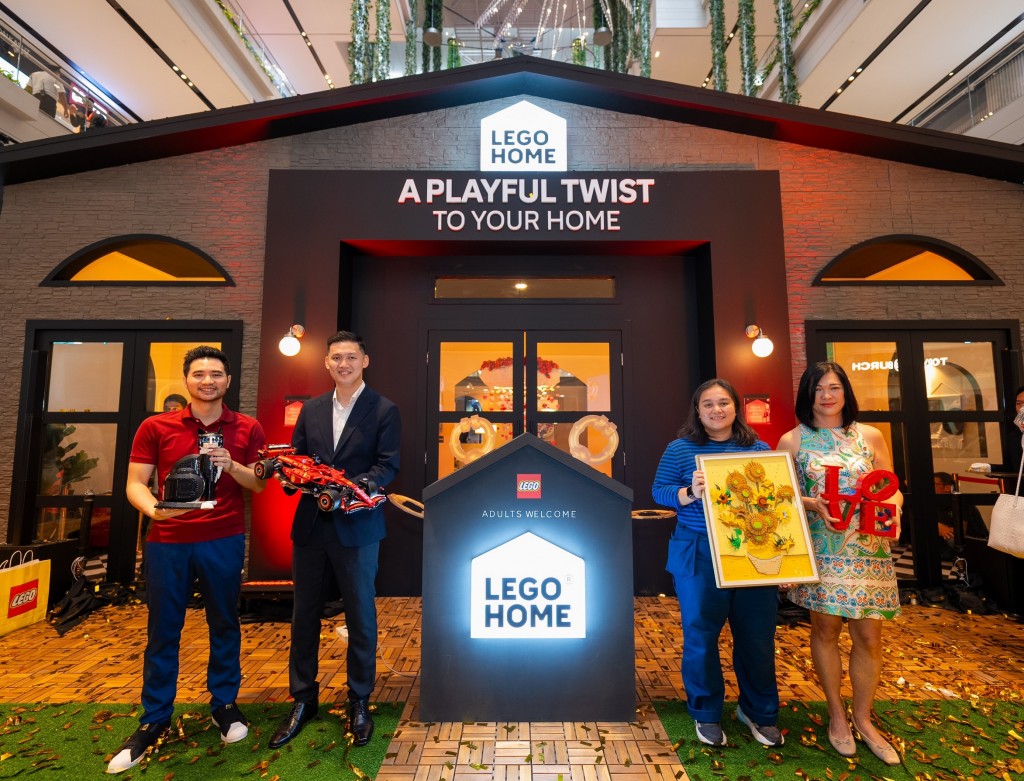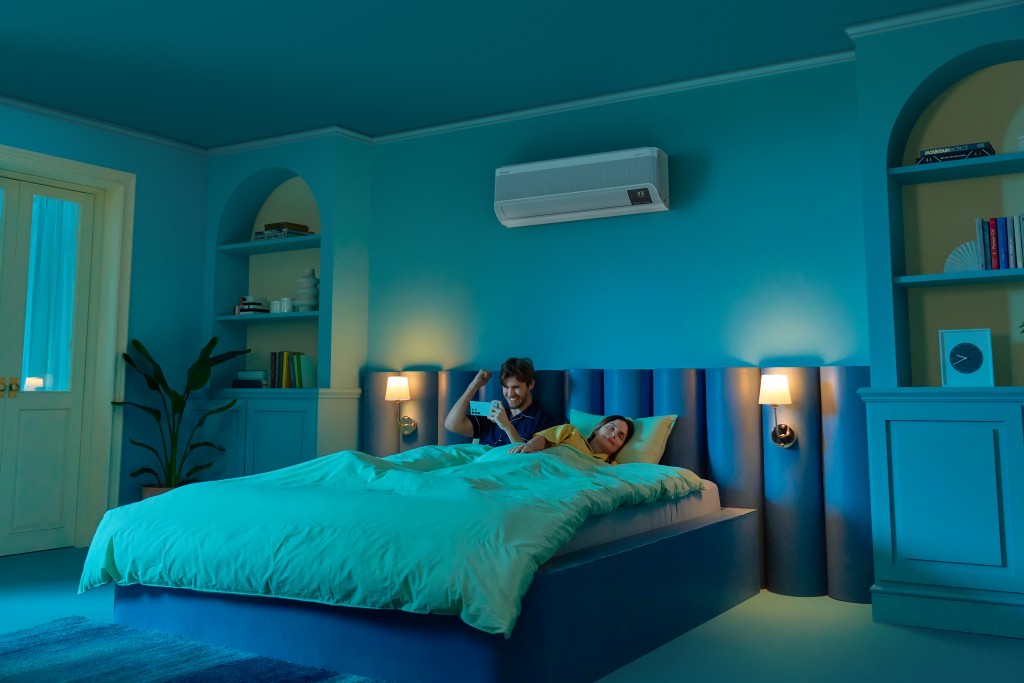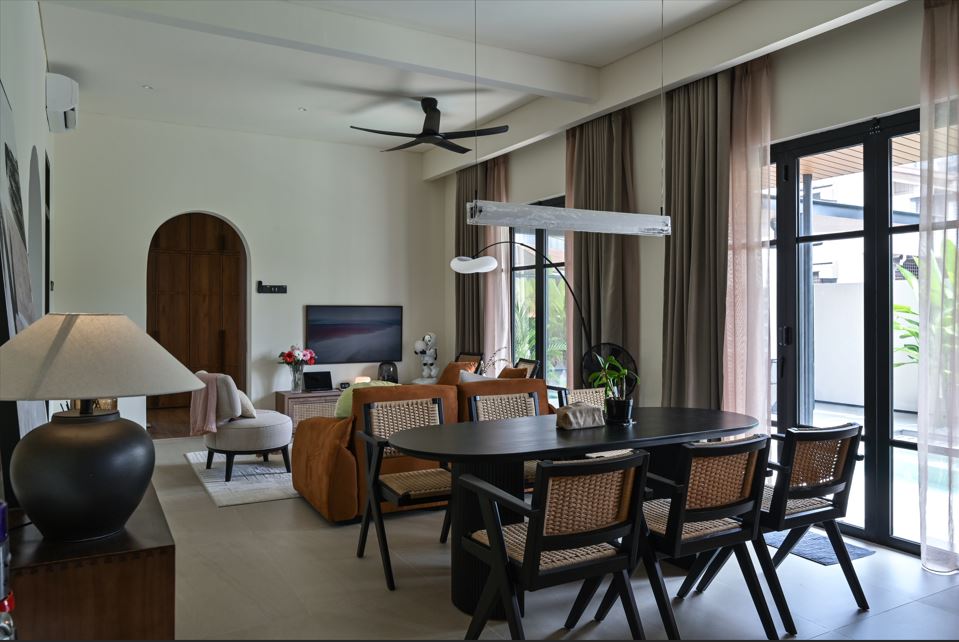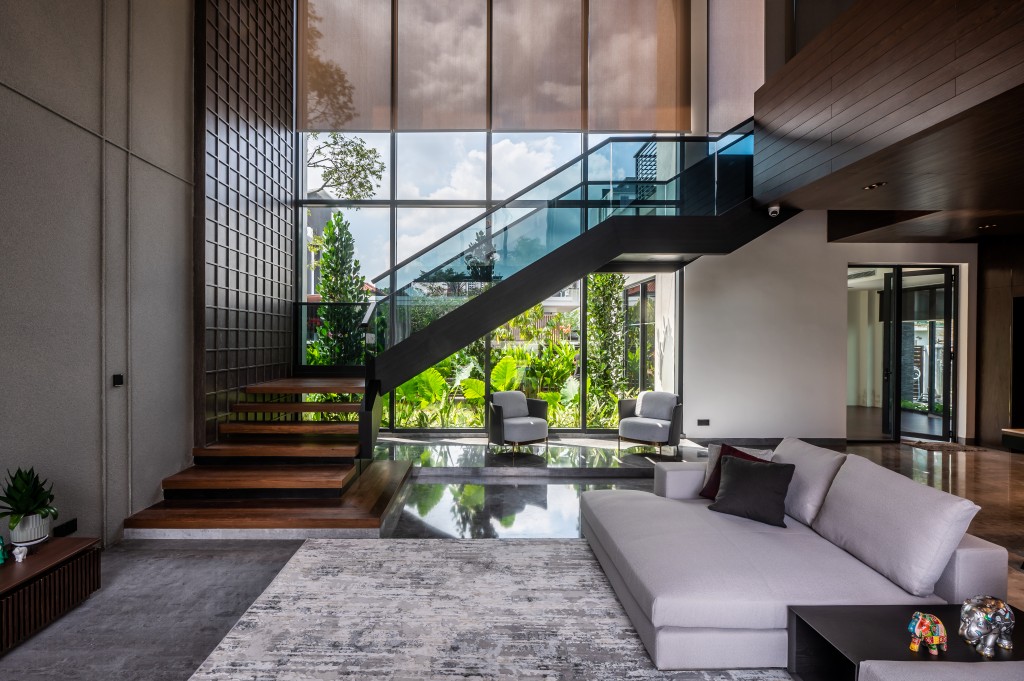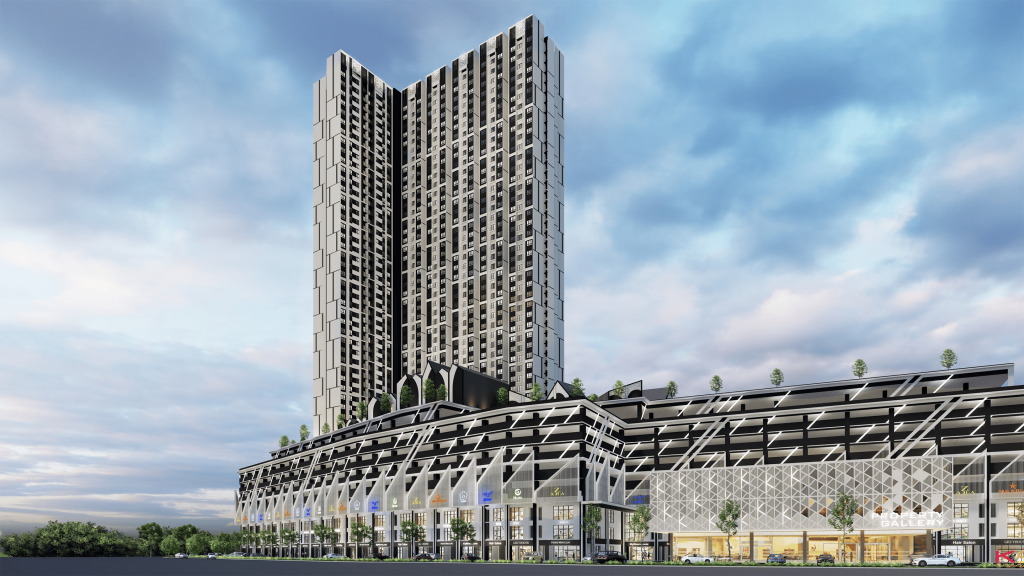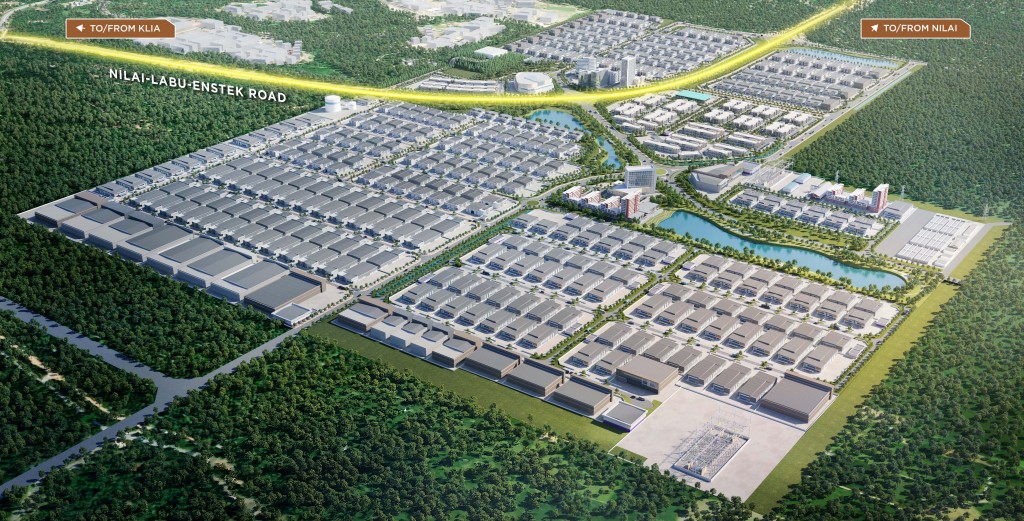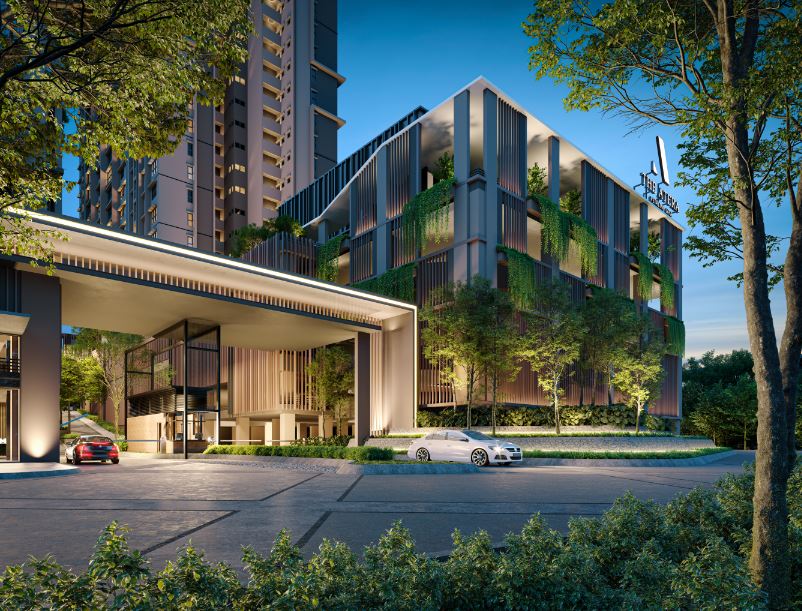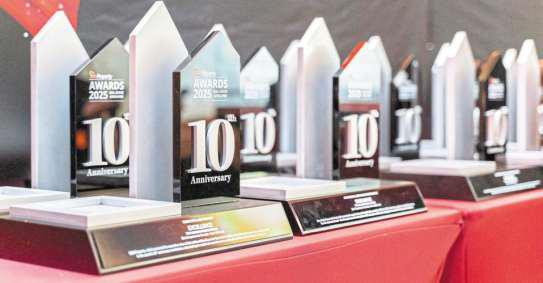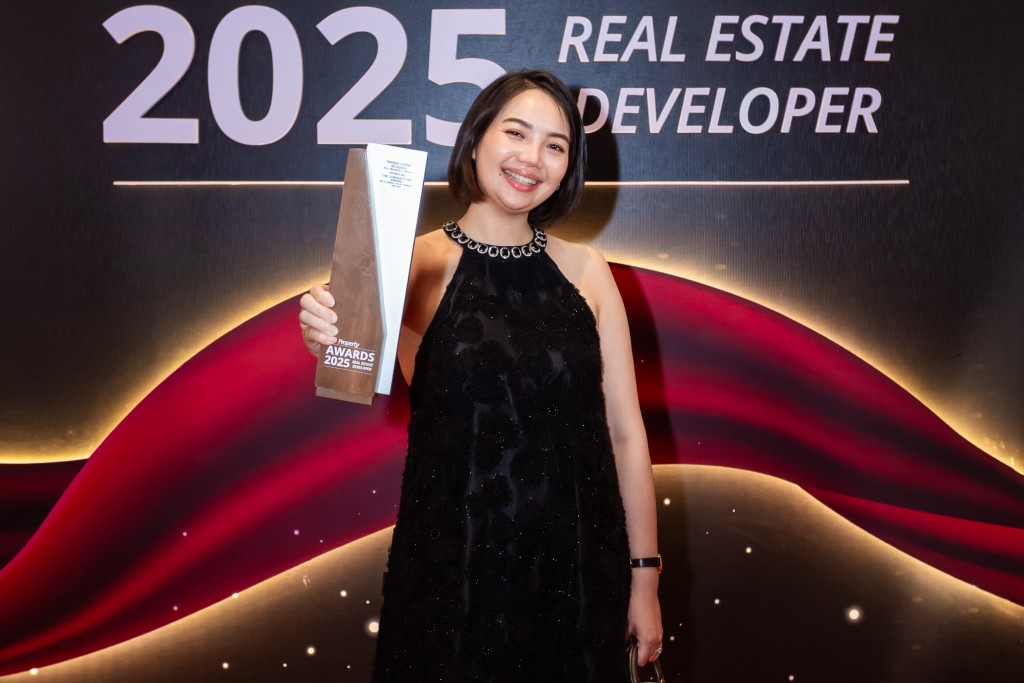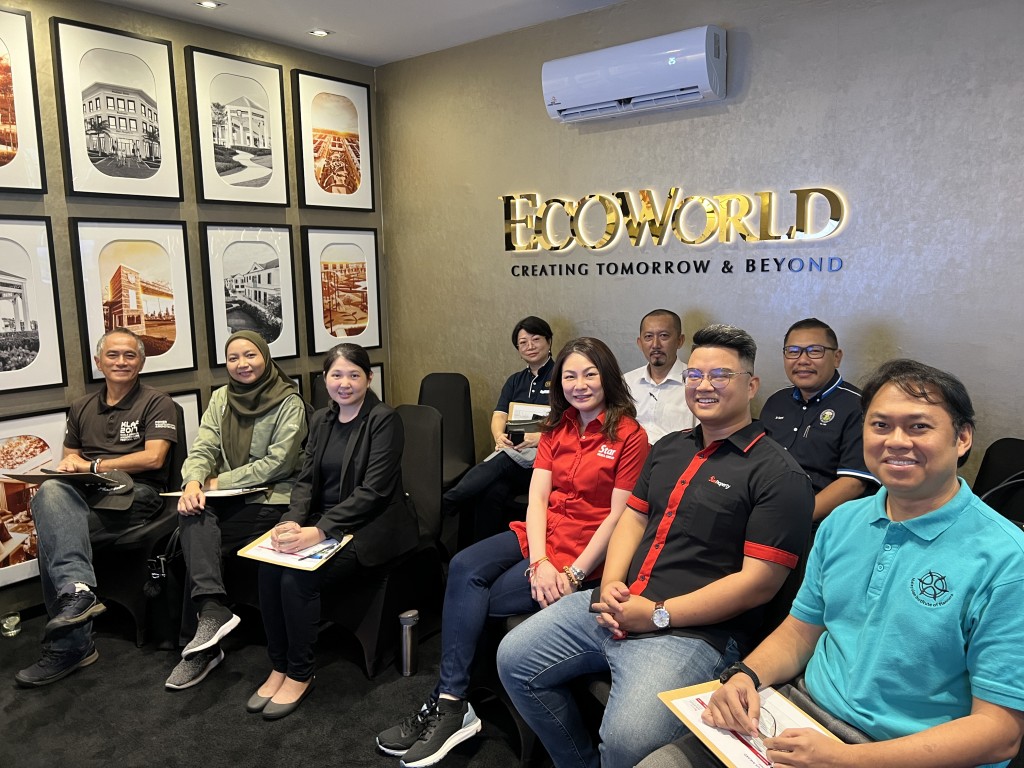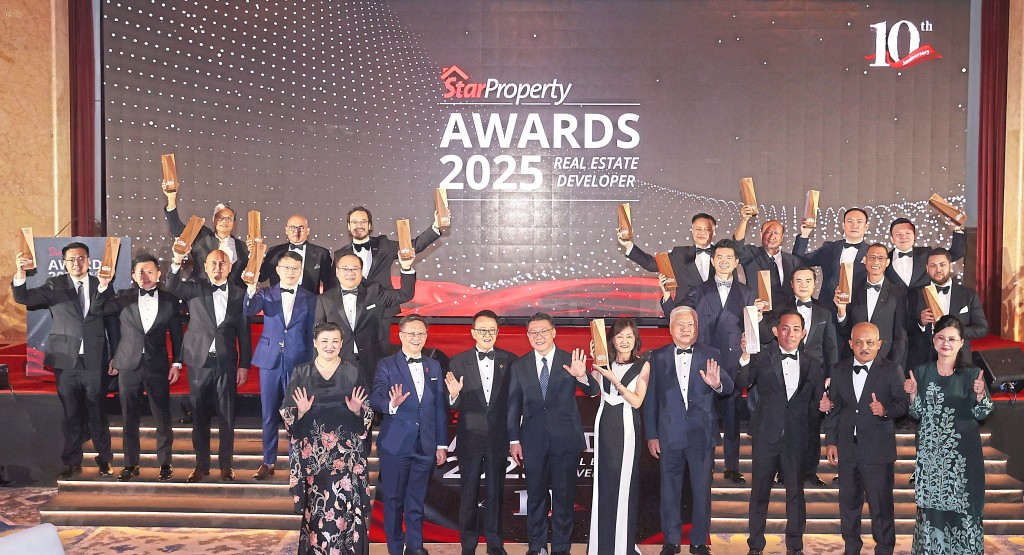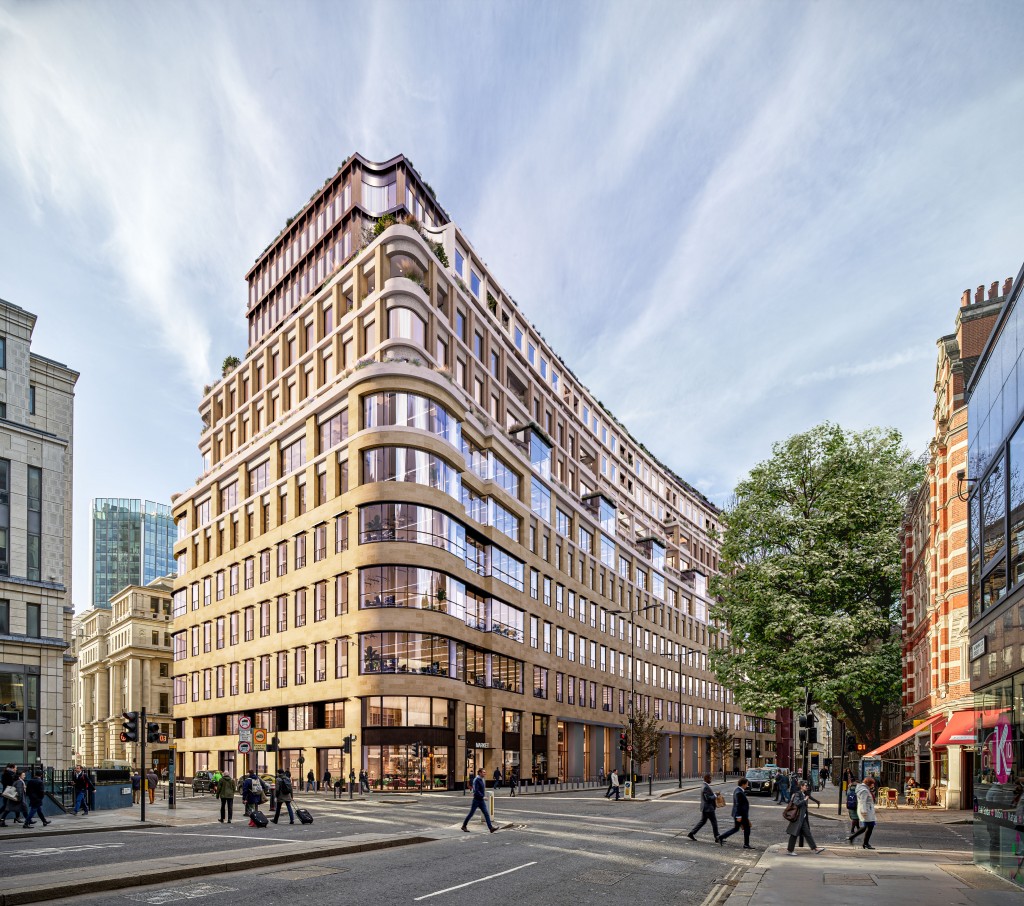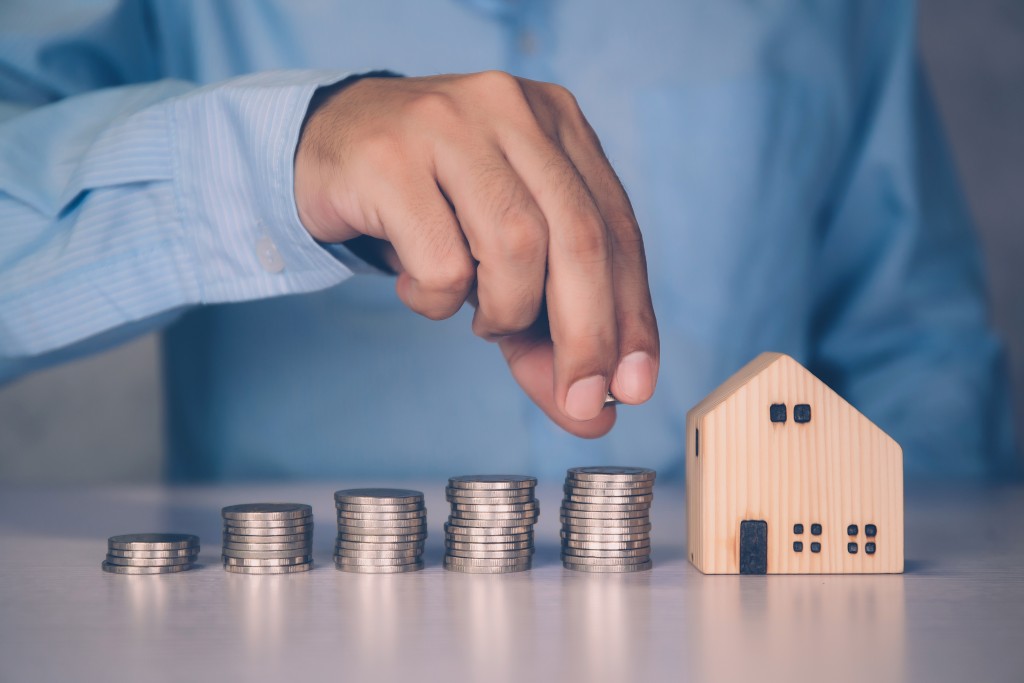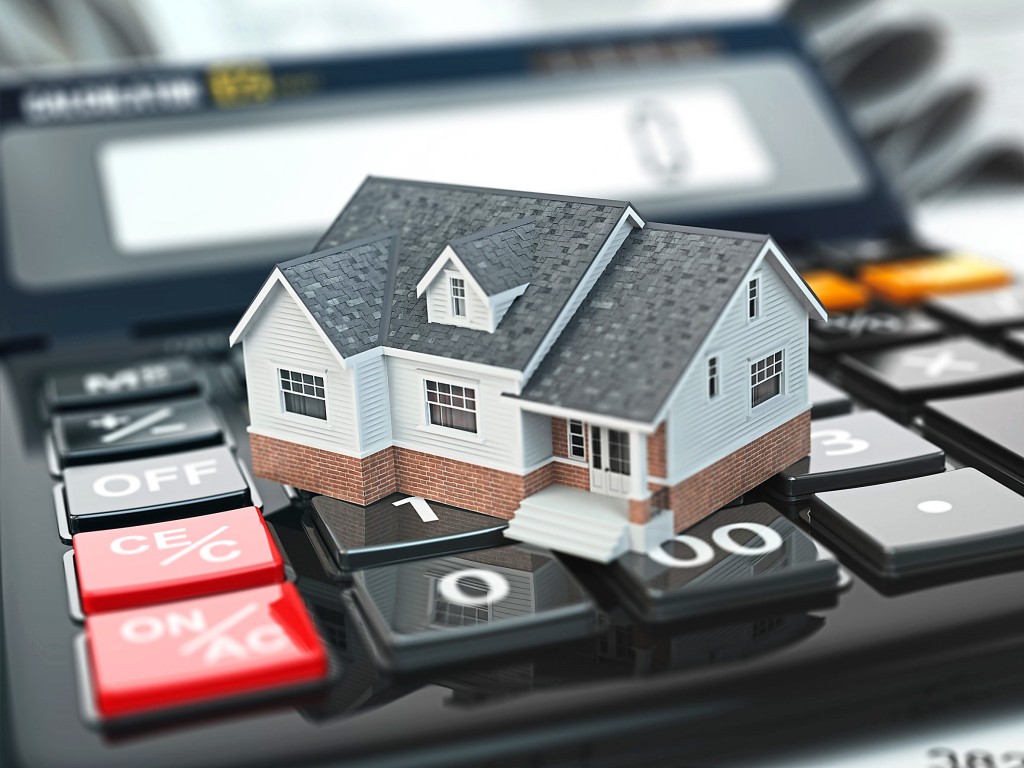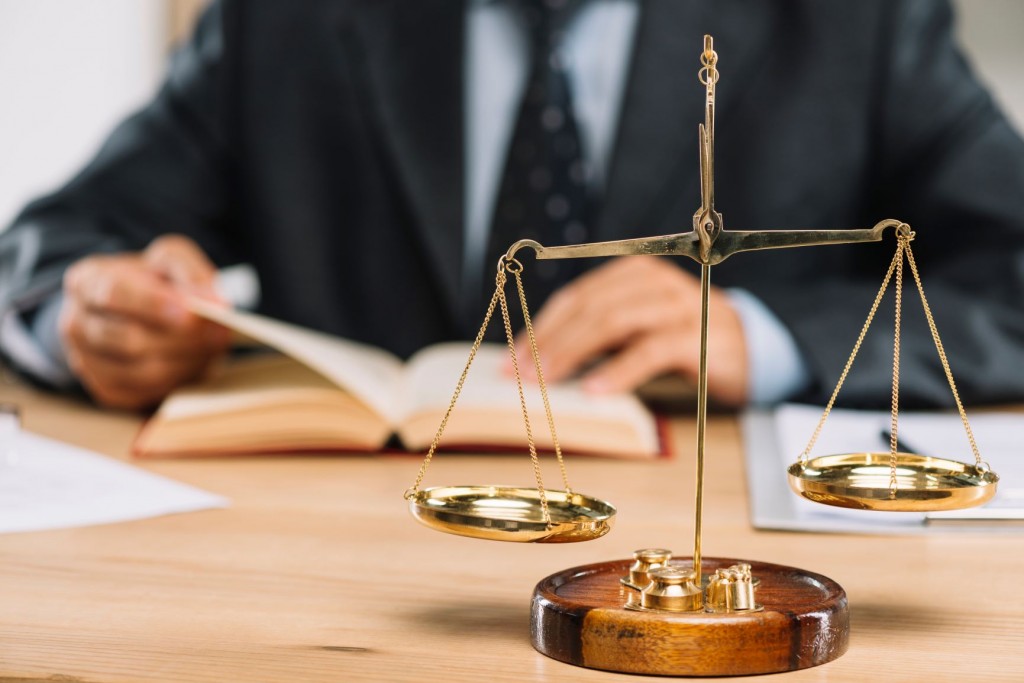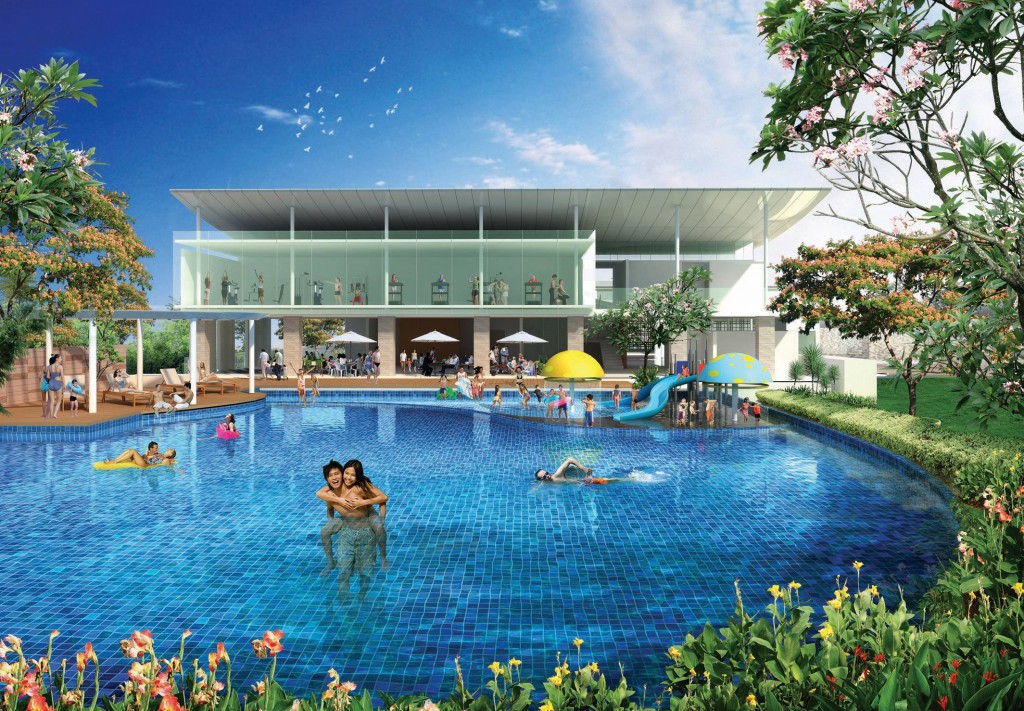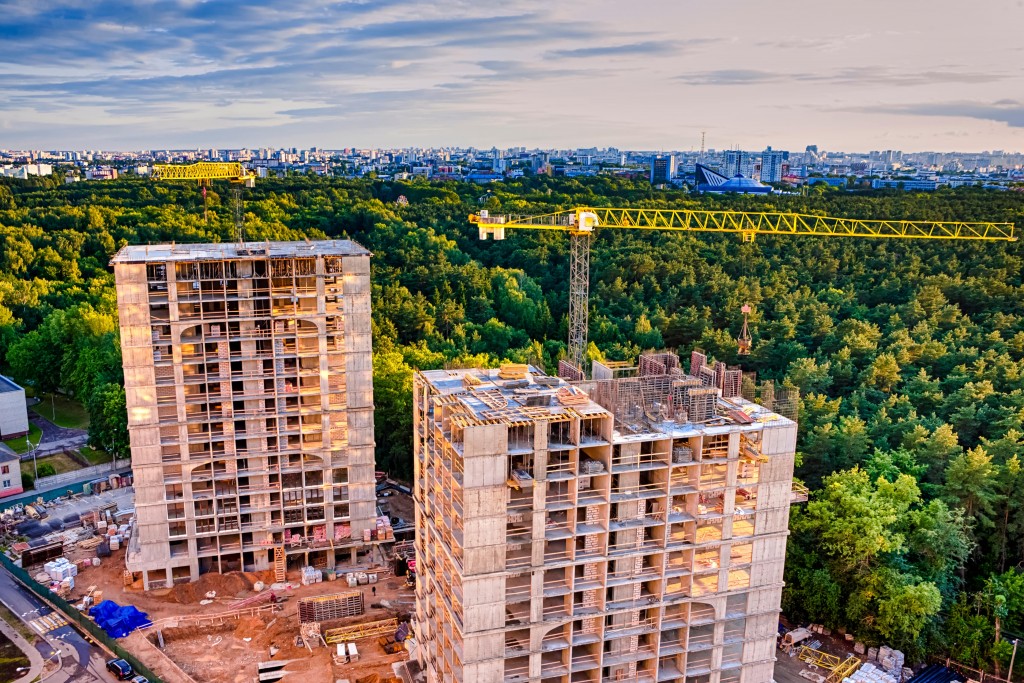
A concerted effort has to be made by every one, not just some
BY: Yip Wai Fong
Net zero carbon by 2050. The local construction industry is not spared from the global rally to rein in the emission of greenhouse gases (GHG) and has long embarked on roadmaps to mitigate their impact on the environment. Starting with the lowest hanging fruit — constructing energy-efficient structures — rating tools such as the Green Building Index (GBI) and GreenRE have been developed from within the industry to benchmark the standards of a green building. Today, hundreds of buildings in the country have been certified as green buildings that emit lower GHG volumes.
However, a growing awareness to go beyond energy efficiency is spreading in the industry. While the score points of energy efficiency remain the cornerstone of both GBI and GreenRE, about 30% of the scores are also allocated for sustainable construction and environmental protection of the construction site.
MyCREST rating tool, developed by the Malaysia Construction Industry Development Board (CIDB), an agency of the Works Ministry, aims to regulate the life cycle impacts of the built environment and its components. It has a comprehensive scorecard covering sustainable site planning and environmental management, construction waste management, as well as the building’s energy performance.
According to CIDB sustainability unit manager Fuhairah Ahmad Fuad, it is possible to deploy sustainable construction practices along most of the construction cycle, from the design stage to the construction phase, and to the operation and maintenance of buildings.
“At the design stage, both sustainable passive and active design can be used. Passive design refers to the strategic use of natural resources, such as sunlight, ventilation and shading, in building design to minimise energy consumption and environmental impact without relying on active systems like air conditioning or artificial lighting. Active design refers to the incorporation of energy-efficient technologies and systems, such as solar panels, efficient HVAC systems, and smart controls, in building design to reduce energy consumption and environmental impact while actively harnessing renewable energy sources,” she explained.
Eco construction materials
“During the construction phase, sustainable practices involve practising construction waste management to reduce, reuse and recycle waste, providing proper worker amenities, optimising energy and water use, promoting recycling, choosing eco-friendly materials, and adopting efficient construction methods to reduce environmental impact and enhance long-term sustainability, including adopting Industrialised Building System (IBS) and Building Information Modeling (BIM) to improve efficiency,” she said.
When it comes to construction materials, a CIBD report has pointed out the embodied carbon level of various materials, the highest of which is the Ordinary Portland Cement, a widely used product in the local construction industry. Fuhairah suggested an alternative to Portland cement.
“There are alternative and more sustainable options to traditional concrete available in the market. Green concrete incorporates recycled materials, such as fly ash (a byproduct of coal combustion) or slag (a byproduct of iron production), as partial replacements for cement. By reducing the amount of cement required, green concrete significantly reduces carbon dioxide emissions associated with cement production, which is a major contributor to GHG emissions.
“Some green concrete mixes use alternative binders which have lower carbon footprints compared to traditional Portland cement. These alternative concrete types offer comparable or even improved performance in terms of strength, durability, and workability while reducing the environmental impact associated with conventional concrete production,” she said.
“(Another alternative material) is recycled steel. It can be obtained from salvaged structures and industrial waste. It retains the same strength and durability as virgin steel and reduces the need for new steel production,” she added.
Site Management
Also during the construction stage, Fuhairah said there should be a proper stormwater management plan and implementation to limit the destruction of natural stormwater capacities at the construction site.
“Proper stormwater management is as per the Urban Stormwater Management Manual published by the Irrigation and Drainage Department. The main focus of the Manual is to manage stormwater according to a more environmental approach known as the control at source approach instead of draining it away as fast as possible,” she said.
“This approach utilises detention/retention, infiltration and purification processes. The quality and quantity of the run-off from the developed area can be maintained to be the same as the pre-development condition,” she said, adding that maintaining wetlands, ponds or vegetative strips is also synonymous with this approach. In lieu of natural wetlands, a man-made alternative is also feasible.
“Constructed wetland is a man-made system that involves altering the existing terrain to simulate wetland conditions. It is an attempt to replicate how a natural wetland treats polluted water that enters it. It was observed that wetland purifies water by removing organic compounds and oxidising ammonia, reducing nitrates, and removing phosphorus,” she explained.
The social and cultural aspects of buildings
Other than taking care of the environment, Fuhairah said sustainability also extends to taking care of the users of buildings.
“Building design should embrace elements of social responsibility as well. It can have disabled-friendly amenities, have features or details that promote well-being, comfort or productivity, and maintain some cultural or heritage value of the site,” she said.
While the above is not an exhaustive list of sustainable construction practices, the methods seem clear. However, what is still required for wider adoption of sustainable practices will be greater awareness across industry players, users and customers and greater accessibility to eco-friendly materials and tools such as IBS and BIM across the industry.
Stay ahead of the crowd and enjoy fresh insights on real estate, property development, and lifestyle trends when you subscribe to our newsletter and follow us on social media.


